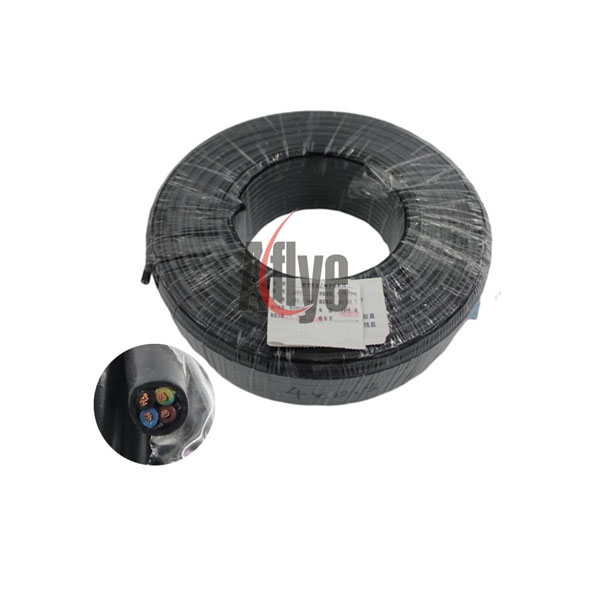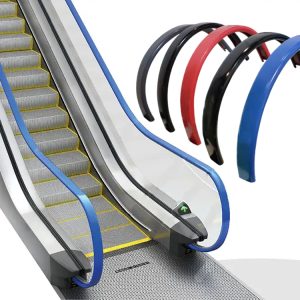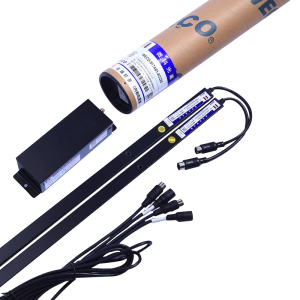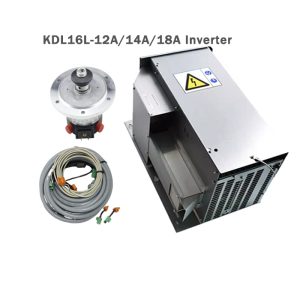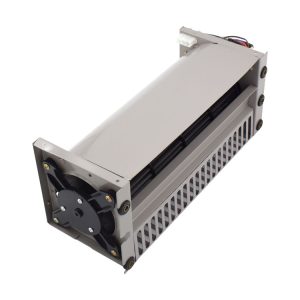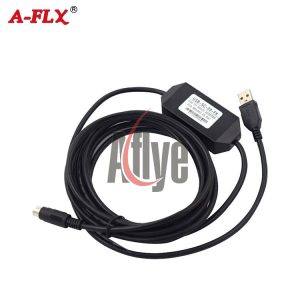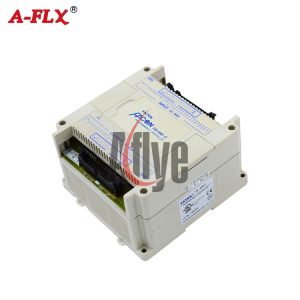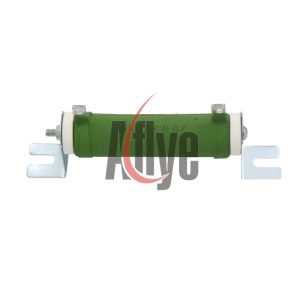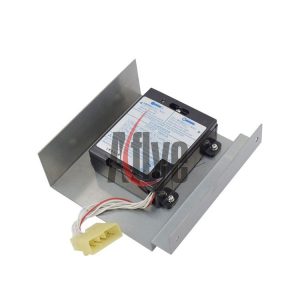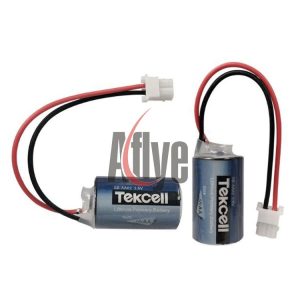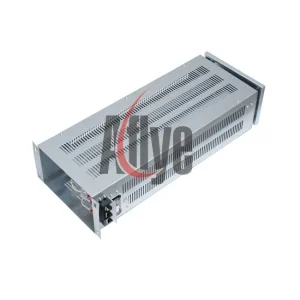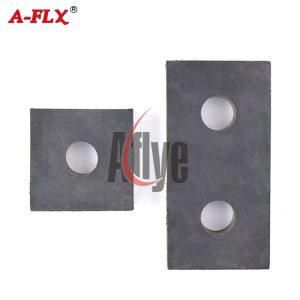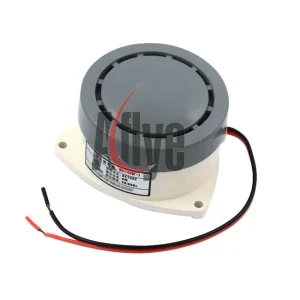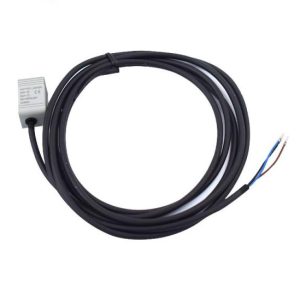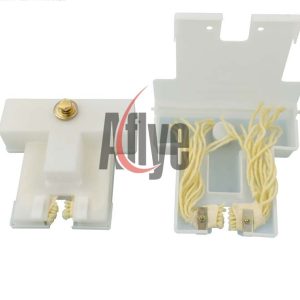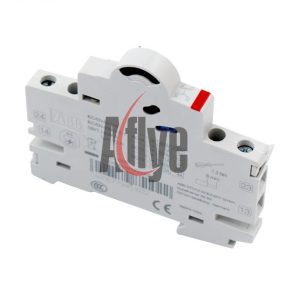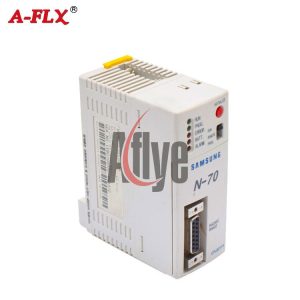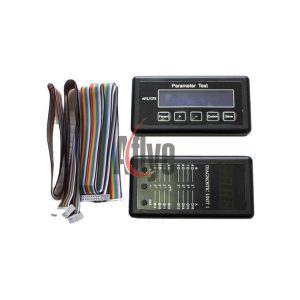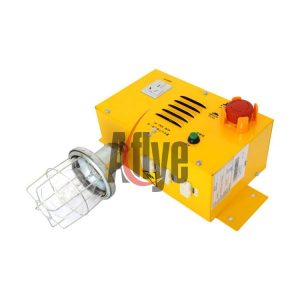Elevator RVV Cable
RVV Cable Overview:
Full Name: RVV stands for Copper Core PVC Insulated and Sheathed Flexible Cable, commonly referred to as soft sheathed wire. It is a type of sheathed cable. RVV cables consist of two or more RV wires covered by an outer sheath. These cables are widely used in low-voltage systems, and their core wire count can vary, usually having two or more cores with a PVC sheath. The arrangement of the core wires within the sheath does not follow a specific pattern.
R represents the flexibility of the wire.
V represents the PVC (Polyvinyl Chloride) insulation.
Example: An RVV2*0.5 cable has two wires of 0.5 square millimeters each, covered by an outer sheath.
Functions of the Sheath:
Protection: Protects the inner layers of the cable from mechanical damage and chemical corrosion.
Strength: Enhances the mechanical strength of the cable.
Primary Uses:
RVV cables are used in electrical appliances, instruments, electronic devices, and automation systems as power supply lines, control lines, and signal transmission lines. They are particularly suitable for burglar alarm systems, building intercom systems, etc.
Application:
Ideal for control signal transmission lines, electrical equipment, instruments, automation equipment, security burglar alarm systems, high-rise building intercom systems, household lighting connection wires, and more.
Available Colors:
Black and white.
Difference Between RVV and AVVR:
AVVR and RVV are essentially the same type of wire.
Models with a cross-sectional area of 0.5 square millimeters and above are classified as RVV (including 0.5 square millimeters).
Models with a cross-sectional area below 0.5 square millimeters are classified as AVVR.
Difference Between RVV and RVVP:
RVVP is similar to RVV, but the “P” stands for “shielding.”
RVVP has an additional layer of shielding mesh, which provides extra protection against external signal interference.
